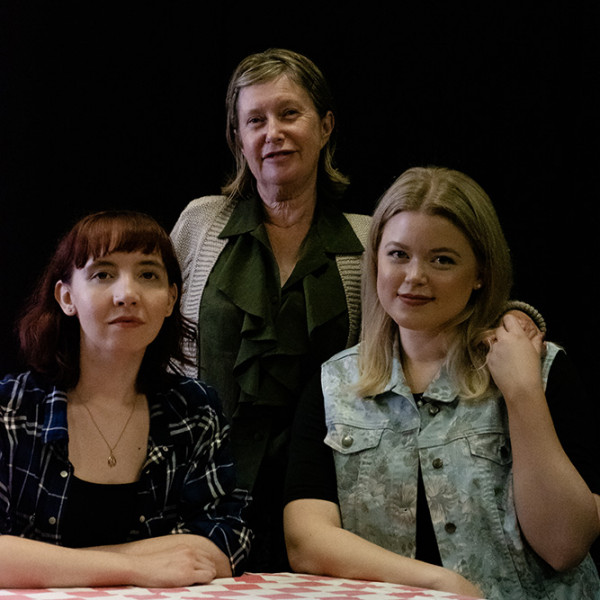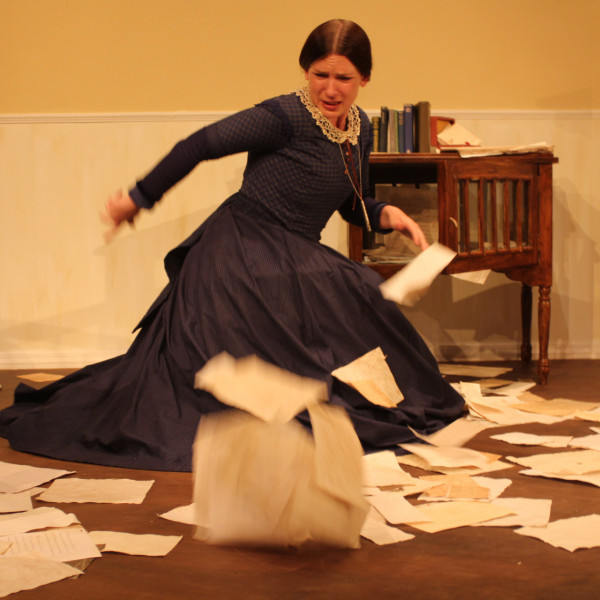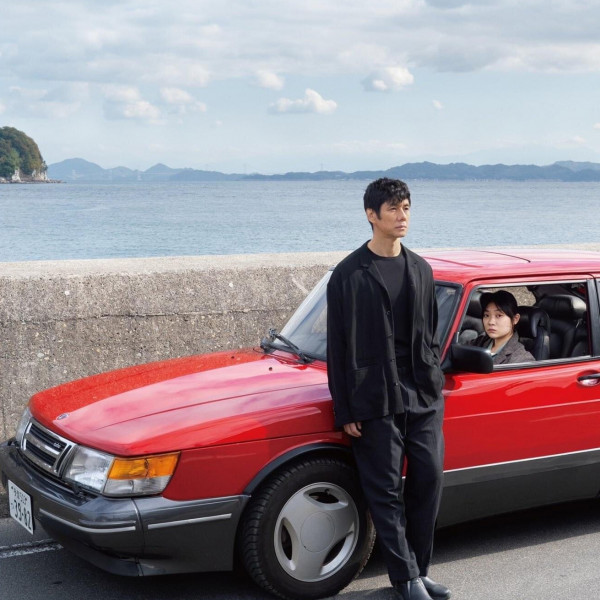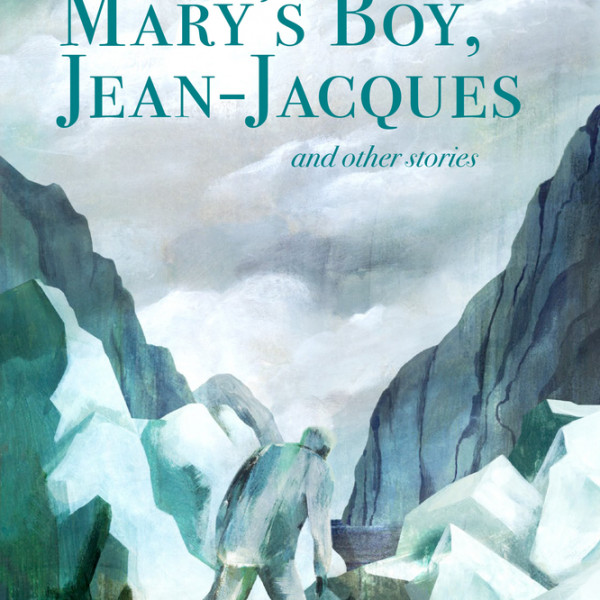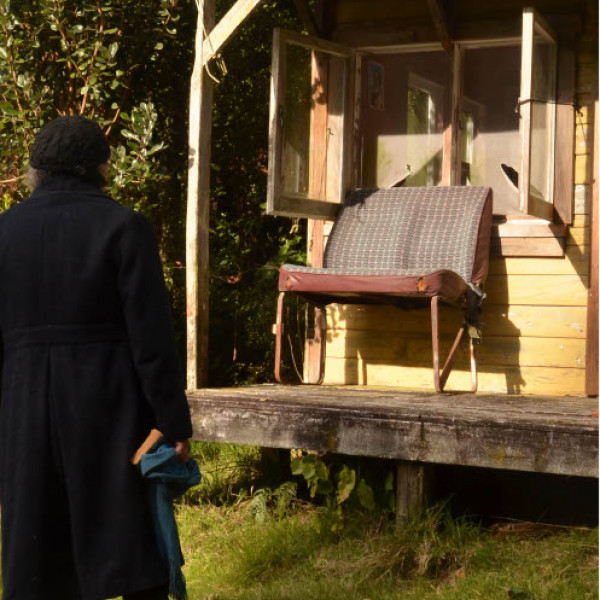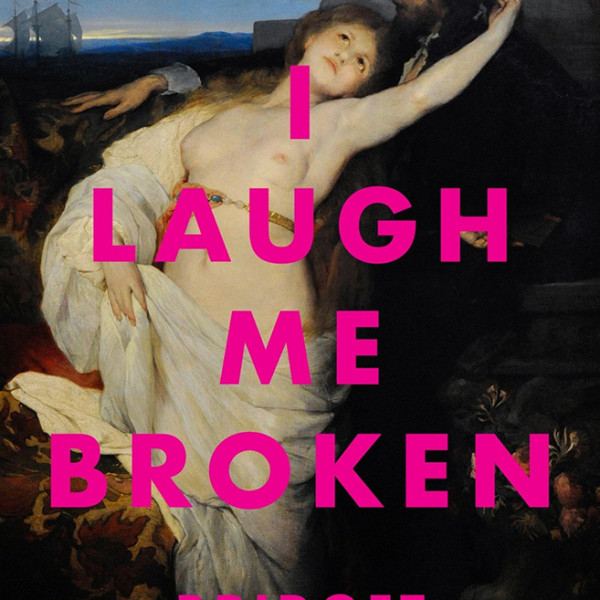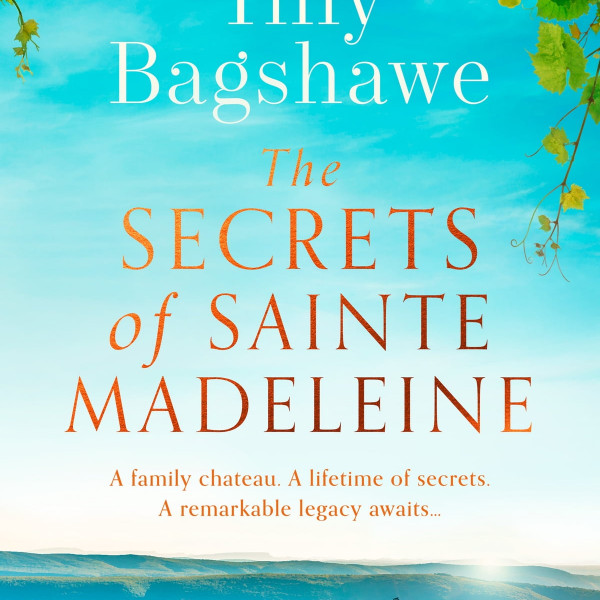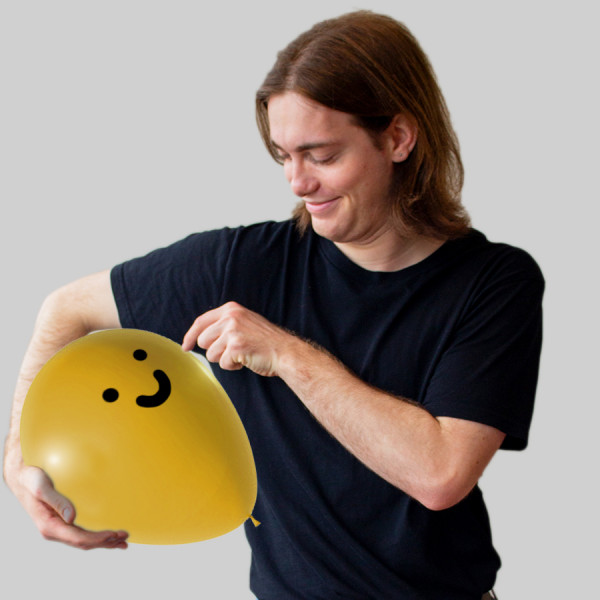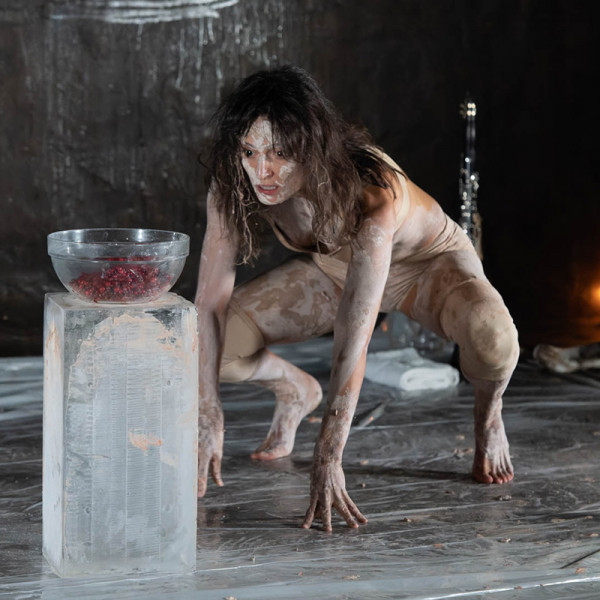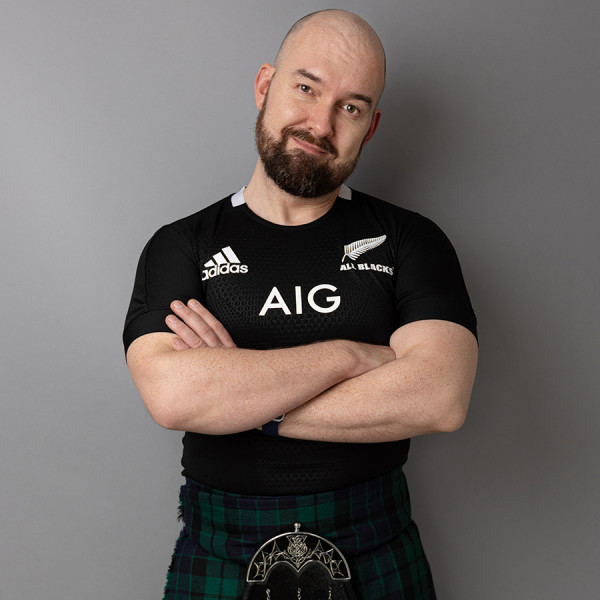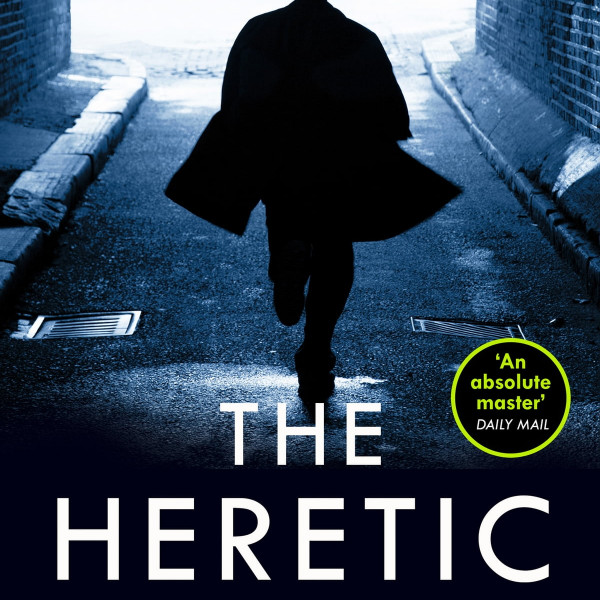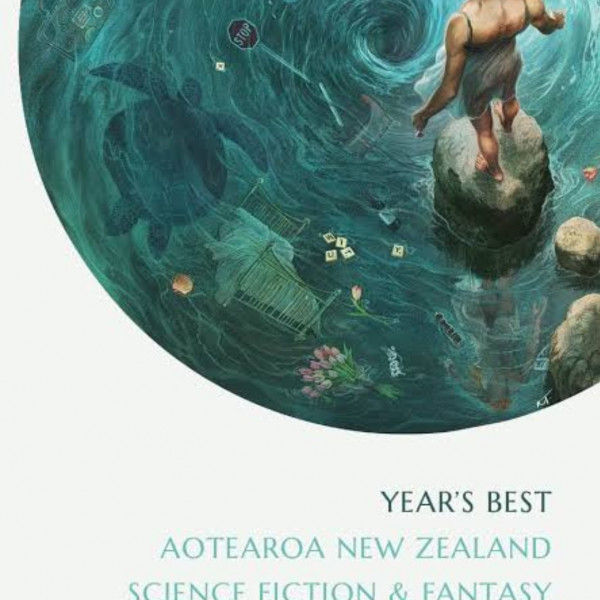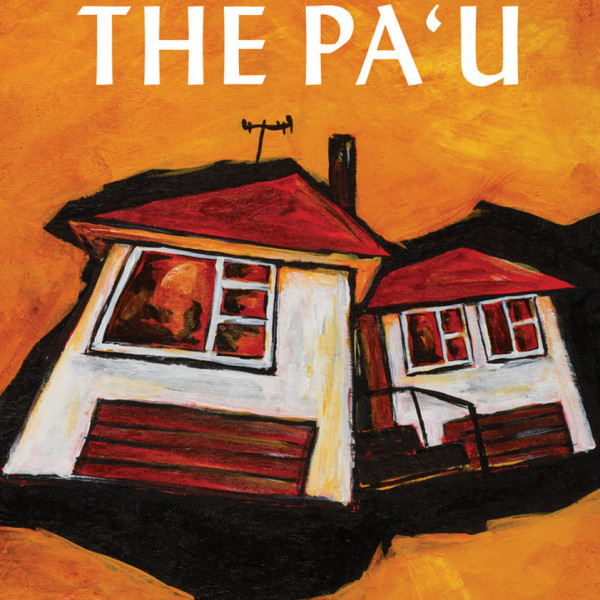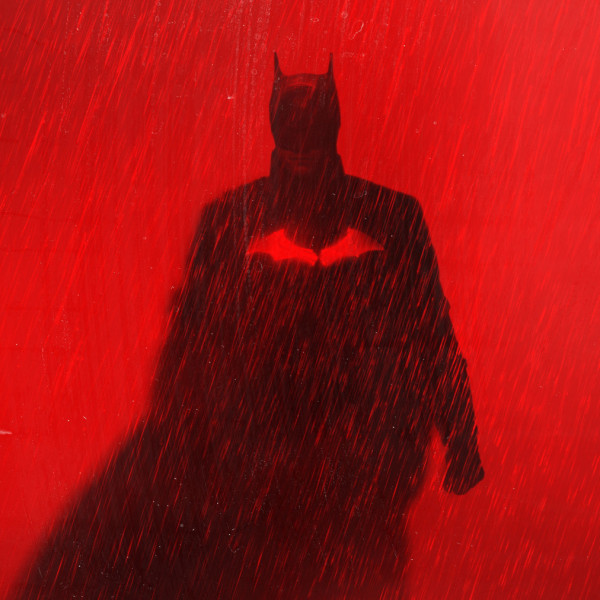
It’s interesting but when it comes to The Batman the story is probably my least favourite element (apart from Robert Pattinson’s Batman voice, but more on that later). That’s not to say I didn’t like the story but when other elements such as the sound engineering, lighting, fight scenes, and score are so good, those are the things that make me come back for more.
Bruce Wayne, known by some as Batman (Pattinson), ventures into Gotham City’s underworld after a sadistic killer who calls himself the Riddler (Paul Dano) leaves behind a trail of cryptic clues and high-profile murders. As the evidence begins to lead closer to Wayne’s family, the scale of the killer’s plans become even more devastating. Batman must forge new and unlikely relationships as he attempts to unmask the culprit and bring justice to the corruption that plagues the city. What he uncovers will have him questioning everything he ever believed.
The beginning of the film was brilliant. I won’t spoil all the fun, but the new-look Riddler’s entrance sets the tone for what is going to be a grim, dark, and gritty three hours. I think Pattinson did a great job as Batman considering the pressure that comes with any such role. He delivered audiences a refreshing take on the hero, one who is clearly scarred from the nightmares of his past. His ‘regular dude’ Batman voice was a let-down, but overall Pattison was a worthy successor of the role thanks to his sombre, methodical, and engaging approach.
Movies don’t need to be three hours to be good and that is the same for The Batman. If director Matt Reeves had shaved off 30 minutes, the story would have felt tighter as some unnecessary scenes could have been cut. It was also awesome to see Batman wasn’t perfect, often taking his fair share of punches in a fight. Everything sounded amazing, and the weaving in of Franz Schubert’s Ave Maria throughout the film was both brilliant and sinister.
Although The Dark Knight still stands atop of the podium, The Batman has begun a new era for the famous franchise. It is a dark, haunting, and intense tale told with brilliant elements and fresh characters.




